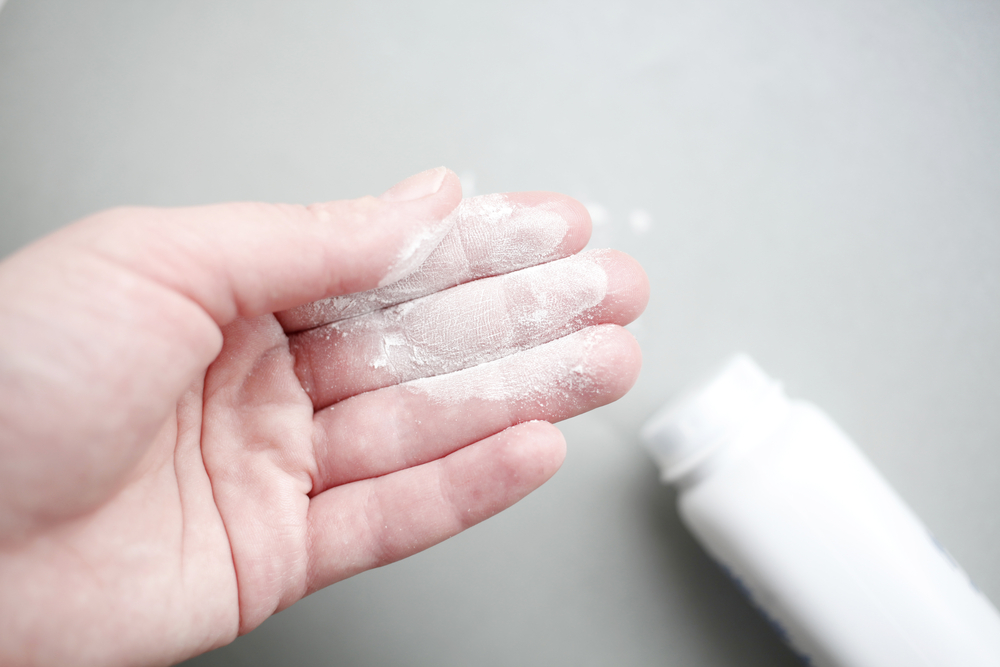High School Student Files First Superbug Lawsuit for UCLA Endoscope Contamination
March 24, 2015 – Eighteen-year old high school student, Aaron Young, has filed what is believed to be the first lawsuit associated with an outbreak of CRE at UCLA. In the lawsuit, Young alleges Olympus—the largest worldwide manufacturer of endoscopes—was negligent for selling an endoscope which could spread dangerous bacteria such as CRE (Carbapenem-resistant Enterobacteriaceae). Young remains hospitalized, and is being treated for the CRE infection after being exposed to an endoscope which may have been contaminated with the bacteria, first in October, 2014, then in January, 2015. The teen is expected to remain in the hospital for a prolonged period of time, as CRE is extremely resistant to antibiotics and kills as many as half of all infected patients.
What is CRE?
CRE is a deadly bacterium that is resistant to many antibiotics, thus making it a “superbug”. Superbugs like CRE are incredibly difficult to treat and often result in organ failure, brain damage, and death. Patients who require devices, such as ventilators and catheters, on a daily basis are at an increased risk for developing CRE or other superbugs. Other types of superbugs include MRSA and C-diff. It is estimated that at least 2 million people are infected with antibiotic resistant bacteria every year and 23,000 people die as a result.
Who is Responsible for the UCLA Outbreak of CRE?
Two patients have already died from the disease, and UCLA hospital officials have said seven additional patients contracted the CRE infection from unsterilized endoscopes. The hospital believes as many as 170 additional patients could have been exposed to the bacteria and has since sent test kits to these patients. Currently the named defendants are Olympus and three members of its endoscopy team.
As the investigation moves forward, UCLA and the University of California regents may be added as defendants. The lawsuit states the extremely complex design of the endoscope makes it very difficult to fully clean and sterilize. This difficulty exposes patients to serious risks, including CRE and other potentially lethal infections. Young’s lawsuit also alleges Olympus and its salespersons made false representations to Young and his doctors regarding the safety of the medical device.
Cleaning Protocols Not Updated in 2014
According to Olympus officials, the company is now diligently monitoring the patient infections, and has provided hospitals with additional instructions related to cleaning the endoscopes. The Olympus TJF-Q180V was re-designed in 2014, however the cleaning protocols were not updated. In a company statement an Olympus representative stated “The Olympus TJF-Q180V requires careful attention to cleaning and reprocessing steps, including meticulous manual cleaning.”
The FDA and medical experts have said that bacteria can be trapped in the small areas close to the scope’s tip. This is the area where the camera is located. Following the CRE outbreak at UCLA, the hospital changed to a much more meticulous gas sterilization method. Since that time no new CRE infections associated with the Olympus endoscopes have occurred.
California Teen has Life-Threatening Condition
Aaron Young’s lawyer says the teen’s condition remains “grave.” The young man has spent almost three months in the hospital after undergoing an endoscopy procedure to examine his pancreas. According to Young’s attorney, the teen had no life-threatening condition prior to the endoscopy, but does now. Young was released from the hospital at one point, but relapsed and was hospitalized again.
Other Endoscope Lawsuits Filed Across the Nation
More than half a million patients across the United States undergo endoscopic procedures annually. Between January, 2013 and December, 2014, the FDA received seventy-five reports involving 135 patients potentially infected by contaminated endoscopes. There are currently more than 200 patients involved in a class-action suit in Pennsylvania against a Pittsburgh clinic that neglected to properly clean endoscopes after each procedure. Two deaths in North Carolina are being blamed on CRE, although it is unclear if endoscopes were to blame. It is expected that many more lawsuits will follow in the wake of Young’s recently filed lawsuit.
Notwithstanding claims relating to this product, the drug/medical device remains approved by the U.S. FDA.
News Tags
- urgent
Have you been affected by a drug or device listed?

You May Be Eligible for Compensation.
If you or a loved one suffered injury or death after using a drug or medical device, contact us today for a free case evaluation.
We value your privacy. By submitting this form, you agree to our privacy policy and disclaimer.



